Our military animal heroes brought to life in full colour
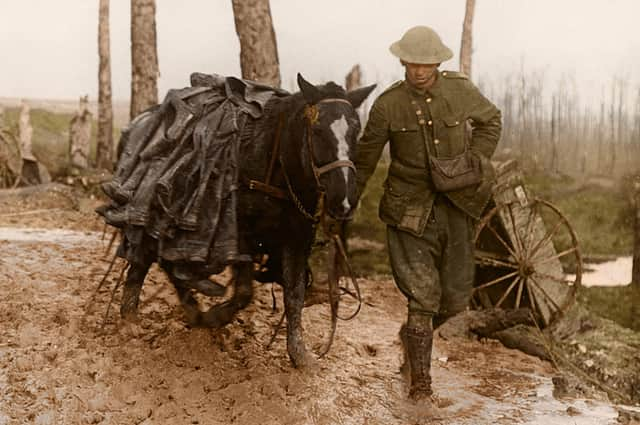

The town is, of course, well known for its Vet Camp, where horses and dogs have been trained for the military over the last century and where staff of the Defence Animal Training Regiment (DATR) continue to do so today.
The historic military stables at the camp have recently been awarded a prestigious green plaque by County Hall to recognise the important part they have played in the history of Leicestershire.
Advertisement
Hide AdAdvertisement
Hide AdOld Dalby photo restorer, Tom Marshall, who works with museums, publishers and photo archivists to colourise old pictures, has shared some of his work with us.
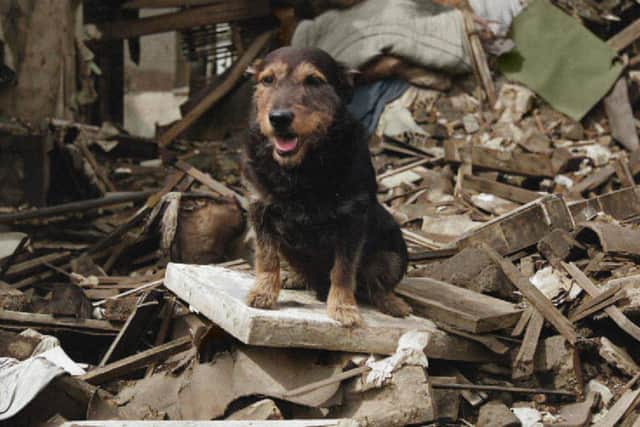

He has brought to life images of animals, who have not only bravely been alongside members of our armed forces, but who have been vital companions in the darkest of times.
Tom said: “I have always been fascinated by the stories of animals in wartime, both those in service and those used as mascots and companions.
“The photos I’ve colourised show a mixture of the two, and whilst some of the animals are undoubtedly heroes for the part they played, it is hard to forget that they are also victims of human war, and no animals had a choice to be there.”
Advertisement
Hide AdAdvertisement
Hide AdOne of the most striking pictures Tom has worked on is a bus converted into a pigeon loft on a battlefield in the First World War.
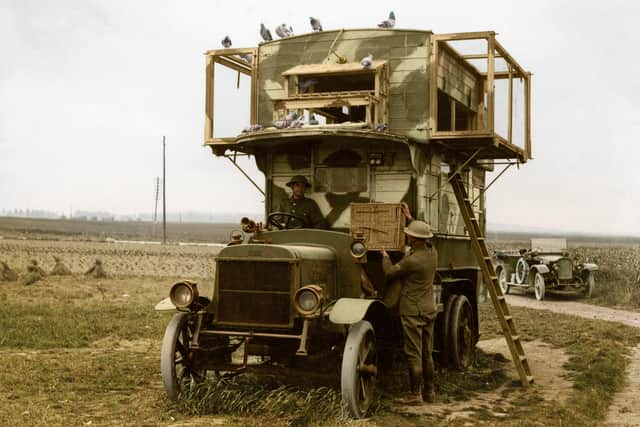

It enabled messages to be sent from the front line back to headquarters.
During the war, more than 100,000 carrier pigeons were used as messengers and records show they amazingly delivered 95 per cent of their messages correctly.
Several of the images feature horses, which were invaluable in dragging equipment through the mud in the First World War and which also carried soldiers into combat.
Advertisement
Hide AdAdvertisement
Hide AdTheir service was poignantly illustrated in Michael Morpurgo’s War Horse book, of course.
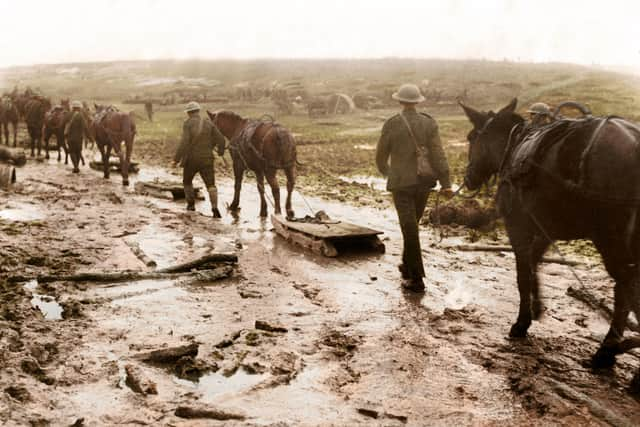

Tom added: “I colourise photos as a way of creating a new interest in these images, some of which are over 100 years old.
“I hope to highlight the contributions made by these animals, some of whom were later recognised officially by means of the Dickin Medal, awarded 54 times between 1943 and 1949, to 32 pigeons, 18 dogs, three horses, and a ship’s cat.
“I believe colourising can be a useful means of starting a conversation or sparking the interest of those put off by black and white archive images.”
Advertisement
Hide AdAdvertisement
Hide AdDomestic pets such as cats also featured in theatres of war with the British and Allied forces.
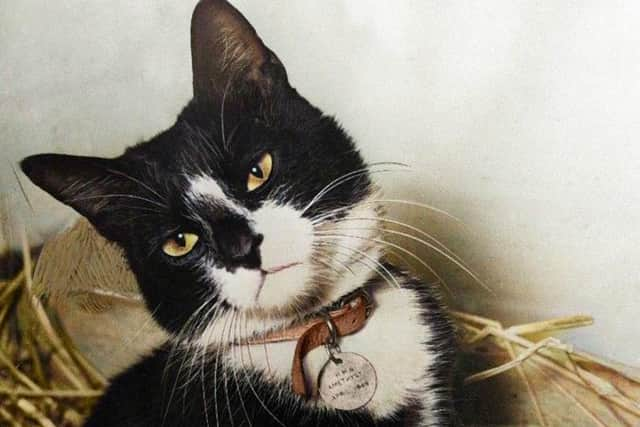

They were among the animals which were often brought into the trenches, sometimes as a mascot for the regiment, or from a local farm or destroyed village.
Tom has colourised a photo of Simon, a ship’s cat who served on the Royal Navy sloop of war, HMS Amethyst.
He was adept at catching and killing rats on the lower decks.
Advertisement
Hide AdAdvertisement
Hide AdIn 1949, during the Yangtze Incident, he received the PDSA’s Dickin Medal after surviving injuries from a cannon shell which tore through the captain’s cabin seriously wounding Simon and killing the captain.
The badly wounded cat crawled on to deck, and was rushed to the medical bay, where the ship’s surviving medical staff cleaned his burns, and removed four pieces of shrapnel, but he was not expected to last the night.
He managed to survive, however, and after a period of recovery, returned to his former duties catching rats.
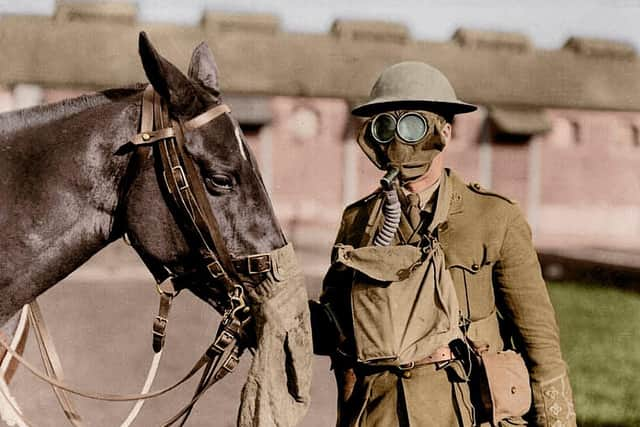

He is still the only cat to have been awarded the medal.
Dogs have been bravely working alongside our armed forces in recent conflicts in Afghanistan and Iraq after being trained at Melton’s Vet Camp to detect explosives and enemy positions.
Advertisement
Hide AdAdvertisement
Hide AdThey were also deployed for similar tasks during the world wars and other conflicts.
Tom highlights the remarkable work of Rip, a stray dog credited with saving the lives of 100 people during the London blitz.
Rip, who had been found by an air raid warden in 1940 was not trained for search and rescue duties but took to it instinctively.
The mixed breed terrier was deservedly awarded the Dickin Medal for bravery in 1945 and the work he carried out is thought to have inspired the authorities to train other dogs for the duty.
l Go online to www.photogra-fix.com to see more of Tom’s work on the website for his company PhotograFix.